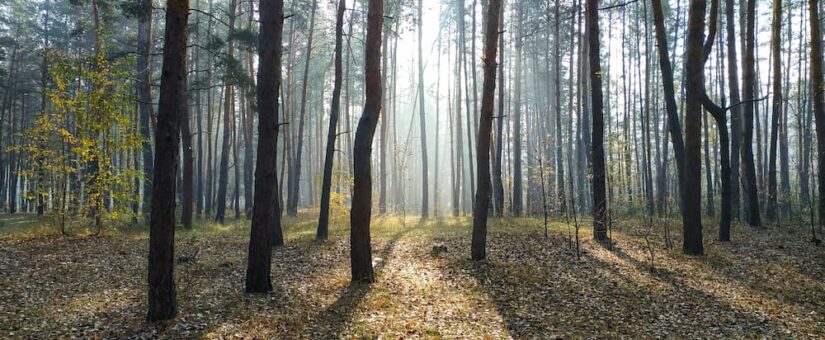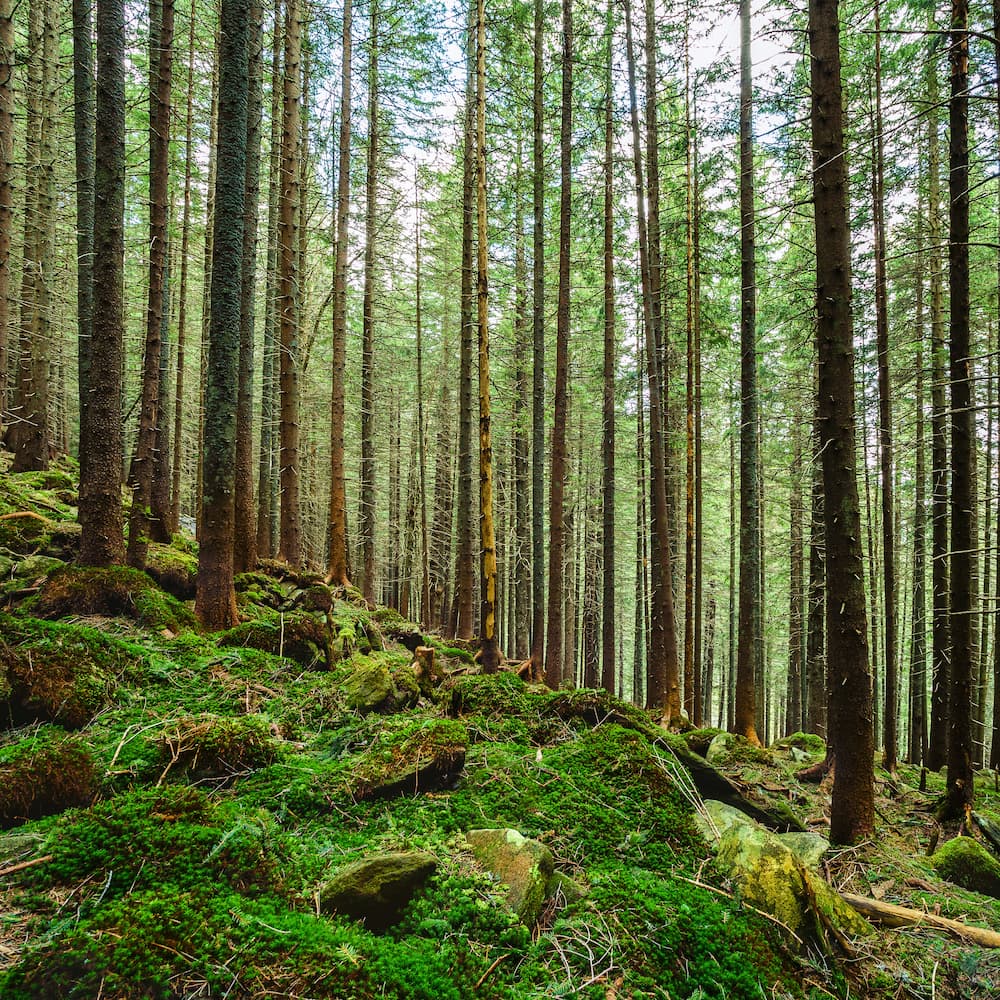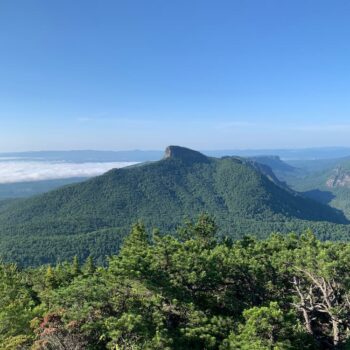
Questions and Answers on Deforestation with Tips for Stopping it
Deforestation can be a daunting topic for many people. Deforestation is the deforestation of land that has been covered with forests, either naturally or by humans, to make way for other uses. It’s important to understand deforestation and how it happens in order to better protect our environment from deforestation. This article will answer some common questions about deforestation and provide you with tips on how you can stop deforestation!

Quick tip for stopping deforestation:
Plant trees! The average person can plant 20+ trees per year. Buy them from your local nursery or order online with Trees for the Future, World Land Trust, or BioCarbonFund. You can also grow forest gardens at home that provide food while absorbing carbon dioxide. If you’re not living near an area of high risk for fire (e.g., California), consider planting fire-resistant species like pines, cedars, cypresses,
What Is Deforestation?
Deforestation is the large-scale deforestation of the earth’s forests. It can be caused by many human activities, including logging, development projects such as mining and agriculture, or climate change. The deforestation process begins with an area being cut down for harvesting timber products like paper pulp and wood board materials; this may also involve clearing areas in order to create a land that will later serve as agricultural fields.
The word “deforest” comes from Old French deforested meaning “to take away a forest,” but deforestation does not necessarily refer just to the removal of trees – it could mean the degradation of all plant life on Earth (a task much more challenging than removing trees). Clear-cutting an entire region would lead to deforestation: if left unchecked these regions.
Why Is Deforestation Happening?
There are several ways that deforestation can occur: logging of trees to produce paper products or wood; development projects like mining and agriculture which need large tracts of land cleared out in order to make room for new mines or fields; climate change, which causes drastic changes in temperature and rainfall patterns that may not allow forests to grow back on their own after they’ve been logged down.
The particular methods used by humans lead to deforestation depending on where the deforestation occurs – a clear-cut forested area might be turned into an agricultural field while a deforested swath of woods near a city would likely become urbanized as people move closer to jobs and services.
Where Is Deforestation Happening? Countries Most Impacted By Deforestation
Deforestation is happening all over the world, but some countries are experiencing deforestation at a much higher rate than others. The tropics and subtropics – regions with warm climates that support more plant life – experience deforestation faster because of human actions like logging or agricultural development; these areas include Southeast Asia, South America, Africa, Central America, and the North American region known as the southern U.S., Mexico, and parts of Canada where the warmer climate allows for more vegetation to grow (wet forests).
Deforestation in temperate zones may be caused by urbanization: if people move into rural locations they’ll start clearing out forested land near cities so it can serve as residential space instead. Forested areas in dryer environments might not regenerate.
What Animals Are Affected By Deforestation?
Deforestation affects all the animals that live in forests, including many endangered species; some deforestation is intended to make room for agricultural development or urbanization projects where wild animal habitats are cleared out.

Deforestation also impacts migratory bird populations because they rely on trees and plant life to provide them with shelter during their long journeys across large swaths of land while looking for food. Without these natural resources, they’ll be forced into early migration patterns which can include overflying areas without adequate migrating habitat resulting in significant death rates among birds.
Deforestation has a negative impact on other wildlife as well: rainforest deforestation creates more dry conditions leading to more wildfires – fires have an adverse effect not only on plants but also reptiles, small mammals.
What Are People Doing to Stop Deforestation?
Deforestation has been occurring for a long time, but it’s only in recent years that people have realized the extent to which deforestation impacts plant life and wildlife populations. As people become more aware of deforestation as an issue they’re taking action to stop deforestation from happening by planting trees; deforestation is often caused because humans are clearing land for development or agricultural purposes, so reforestation can take place on cleared land
Activists also protest against illegal logging – this could be done at demonstrations outside companies with dealings in timber products like Home Depot or Lowe’s.
Activism may include lobbying government officials about policies designed to promote sustainable forestry practices including the Forest Stewardship Council (FSC) certification system.


